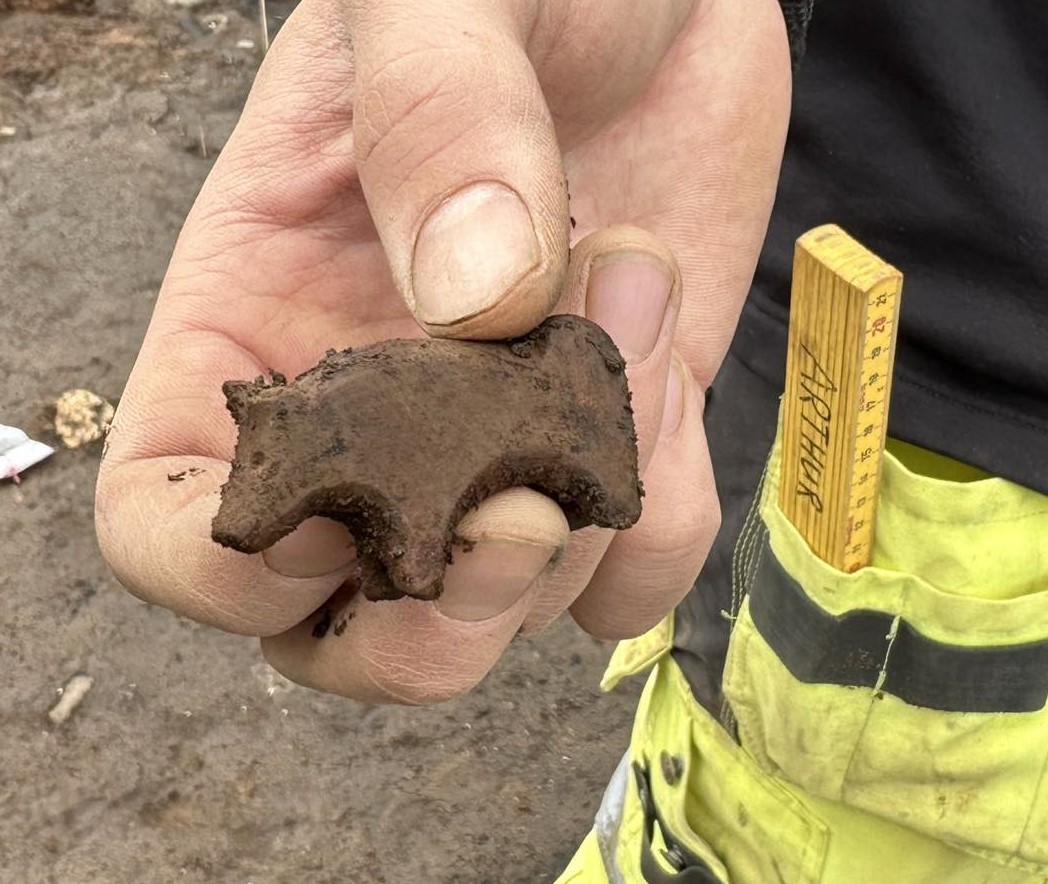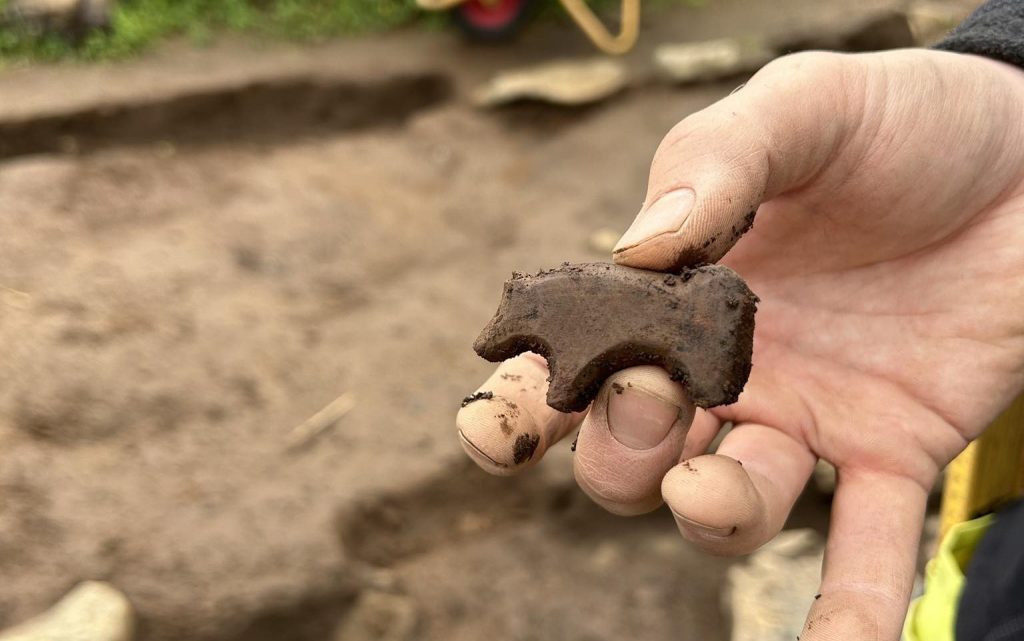A rare Viking Age figurine has been unearthed in Iceland, but experts can’t agree whether it’s a pig, a bear, or even a dog.
Others are reading now
Archaeologists in Iceland have stumbled upon a small stone figurine dating back to the Viking Age, but the discovery has sparked more than just excitement — no one can agree on which animal it depicts.
The figurine was discovered at the Fjörður excavation site in Seyðisfjörður, Iceland. Experts have dated the carved artifact to between 940 A.D. and 1000 A.D. The four-legged figure, with a chipped ear, is believed to have been carved from local stone.
While it’s clearly an animal, its exact identity remains a mystery.
Also read

According to Ragnheiður Traustadóttir, director of the Antikva archaeological team that made the discovery, most of the team initially thought it was a pig, an animal commonly used by Vikings for meat.
Some members of the team also suggested it might be a bear—perhaps a nod to the polar bears occasionally seen on the island since humans settled in Iceland.
When images of the figurine were shared on social media, many users argued it looked more like an Icelandic dog.
“Children are rarely visible in the archaeological record of the Viking Age, so this is an amazing find,” Traustadóttir told LiveScience.
While she personally sees a pig, she’s skeptical about the dog interpretation, noting that the face doesn’t quite match that of an Icelandic dog. “I owned an Icelandic dog for 14 years,” she added. “I’m not sure.”
The figurine was discovered during the ongoing excavation at the historic Fjörður farm, which began in 2020 and has unearthed artifacts spanning over 1,000 years of Icelandic history. What started as a two-year project has extended into its fifth summer due to the wealth of findings.
The site has revealed layers of history, including an 18th-20th century farm, medieval remains, and Viking Age graves buried beneath an 11th-century landslide. Among the treasures found are nearly 100 Viking game pieces made from the same type of stone as the figurine, possibly hinting at the cultural practices of the time.
“There’s no other site in Iceland that has so many finds,” Traustadóttir remarked.
In total, around 4,000 artifacts have been cataloged.
While the true identity of the figurine may never be known, Traustadóttir imagines a scenario where someone, on a dark winter night, carved the animal for a child.
The excavation is expected to conclude soon, after which the team will focus on studying the thousands of artifacts they’ve uncovered.


